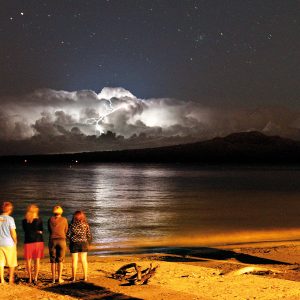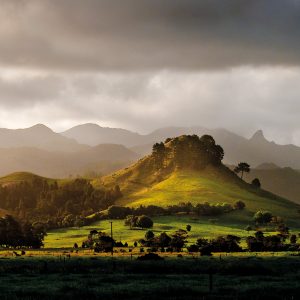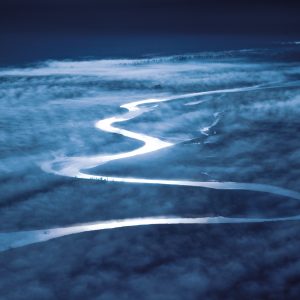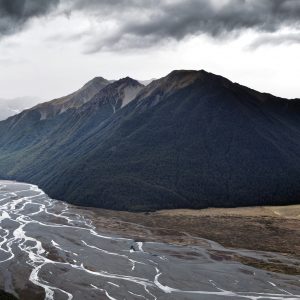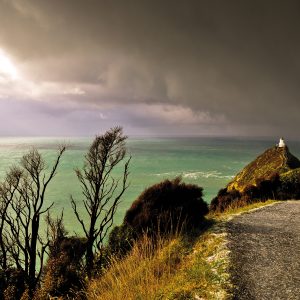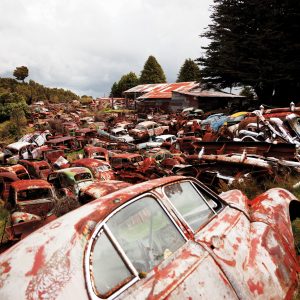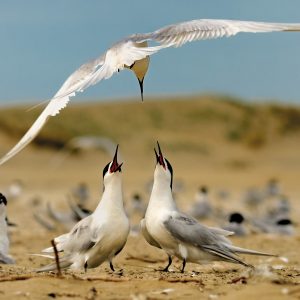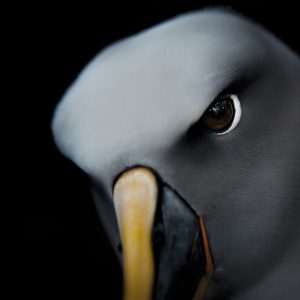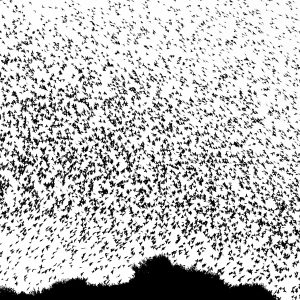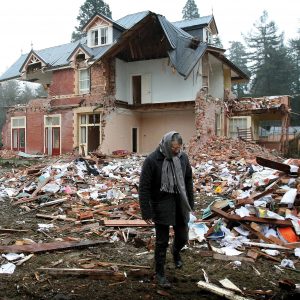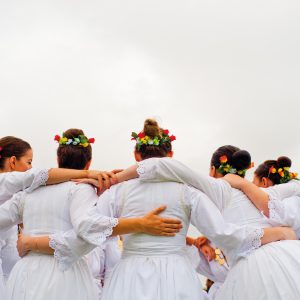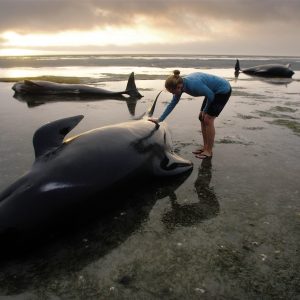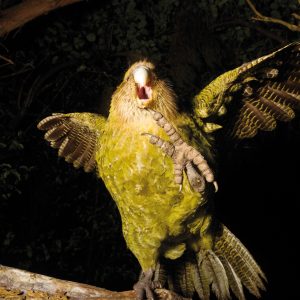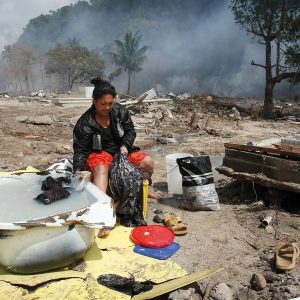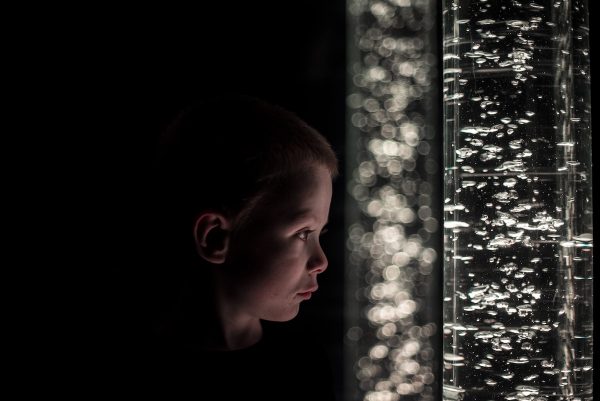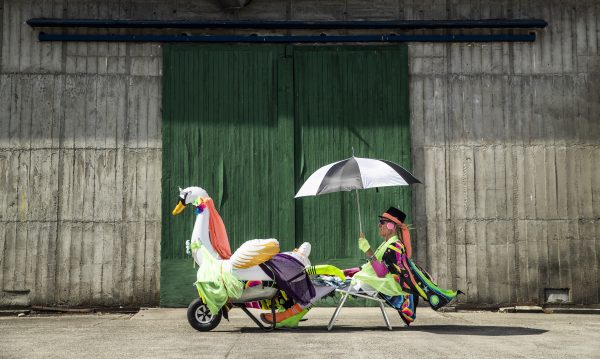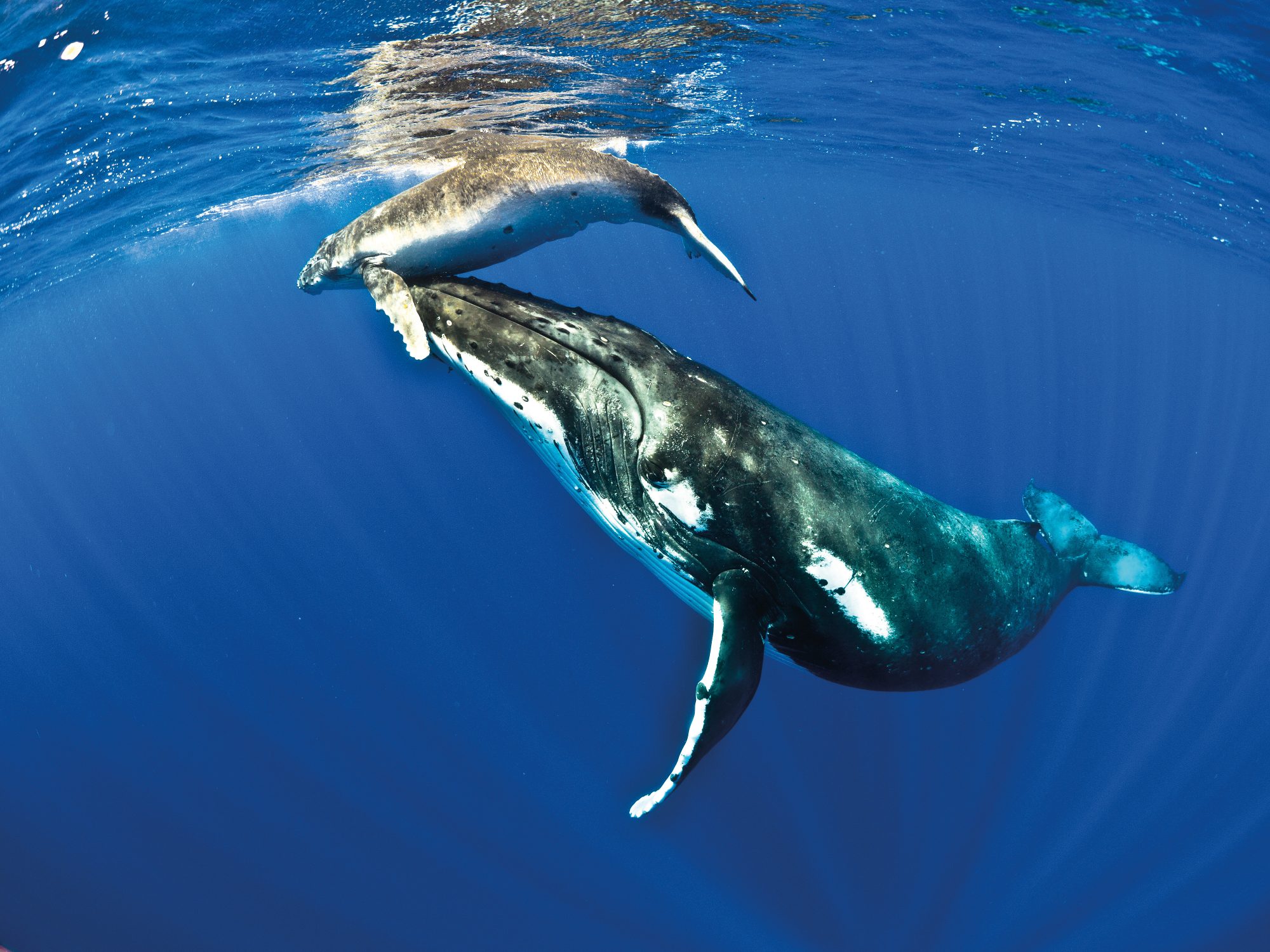
Photographer of the Year 2011
Congratulations to all the winners of the New Zealand Geographic Photographer of the Year 2011. Twenty-two finalists were selected from nearly 3000 entries, but there could be only one Photographer of the Year.


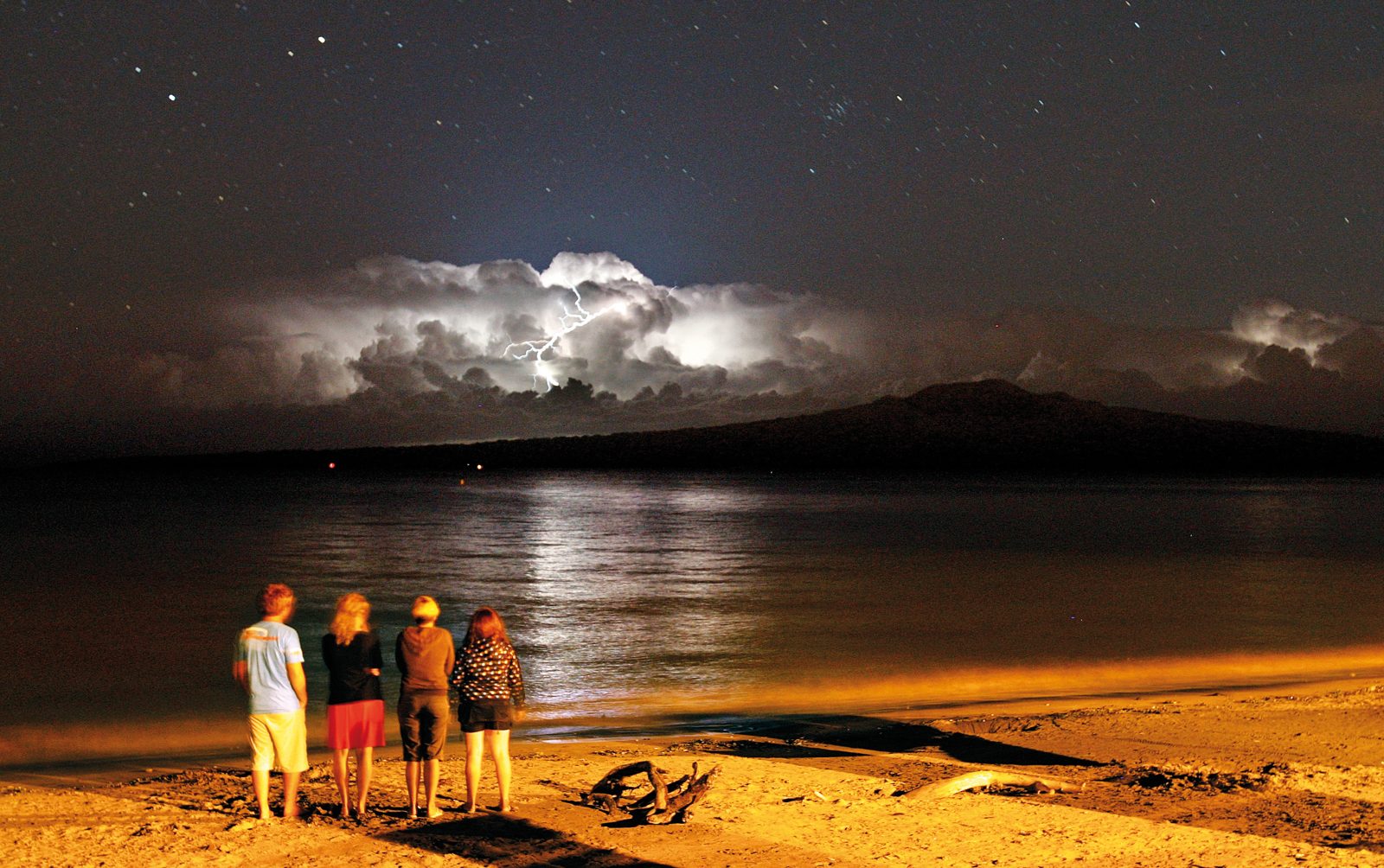

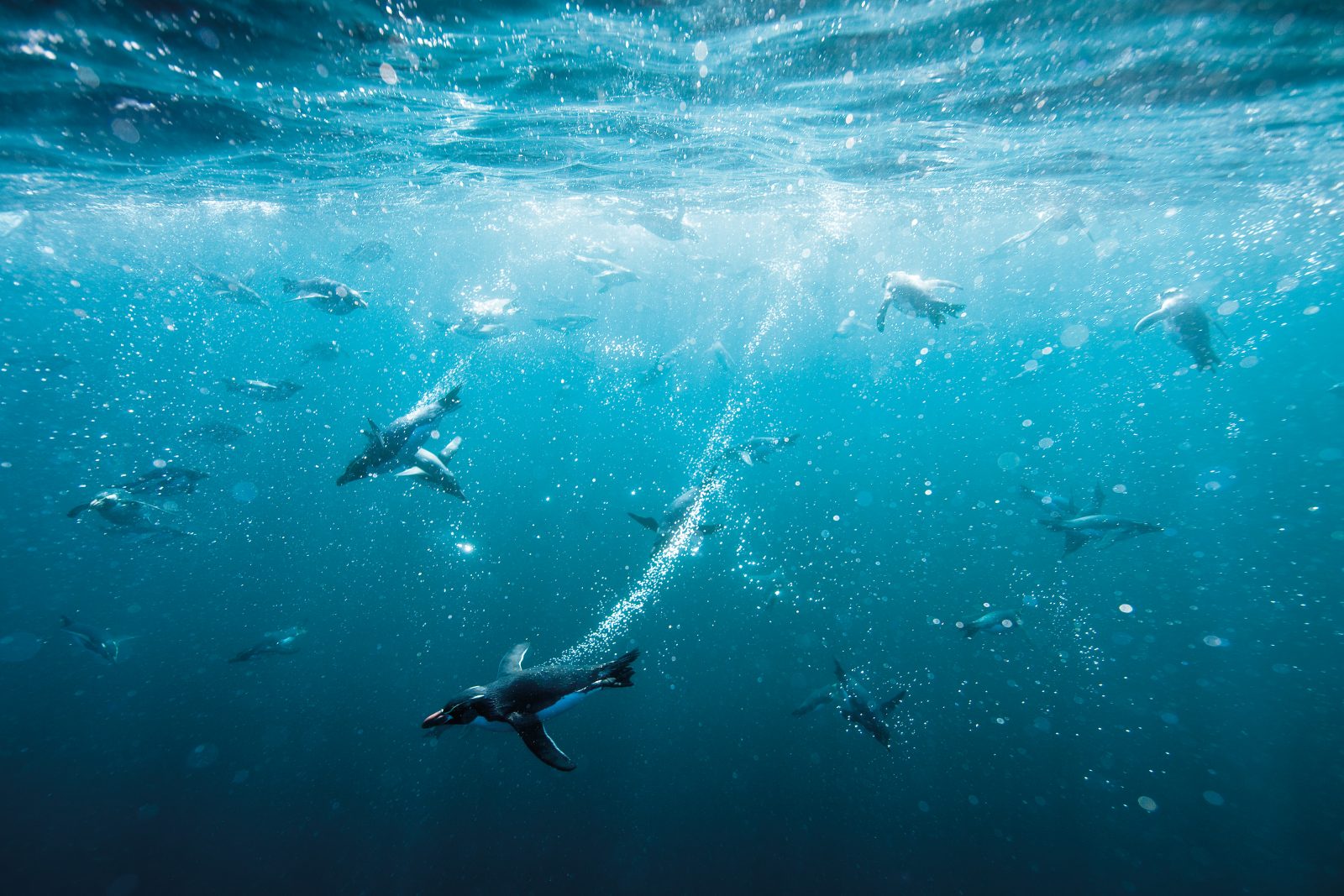

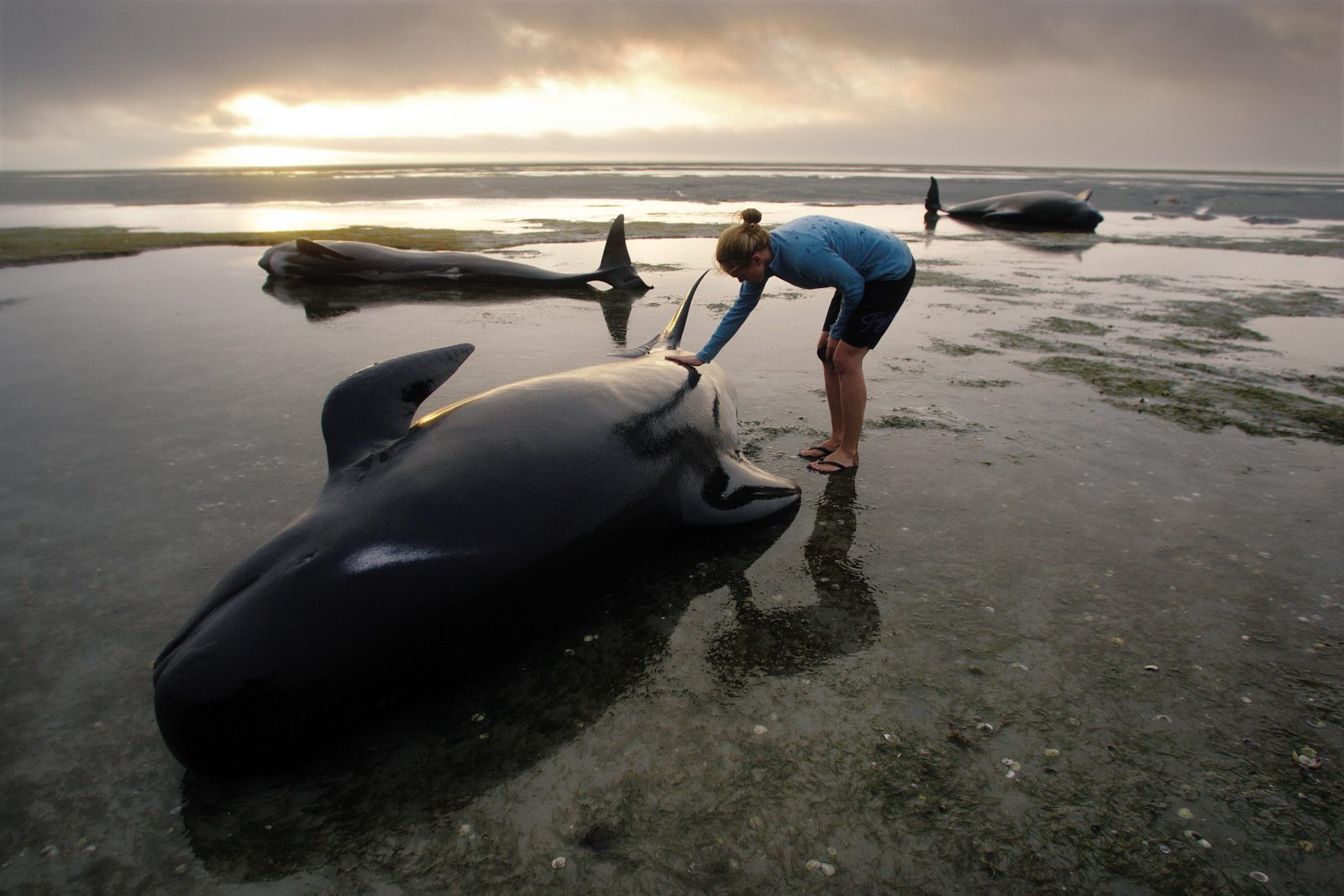
There were nearly 3,000 entries received this year across the four categories. These were submitted by seasoned professionals, weekend shutterbugs and seven- year-olds. But, as always, no matter who shot it and on what equipment, it was the content that made the photograph.
From all of these entries, one photographer stood apart for his attention to detail, consistency of approach and photographic vision. New Zealand Geographic would like to congratulate Brett Phibbs, supreme winner at the 2011 Photographer of the Year awards.
PHOTOGRAPHER OF THE YEAR 2011: BRETT PHIBBS
“A hallmark of Phibbs’ approach is his fearless dedication to capturing human emotion. He will stand inches from his subject with his widest lens and shoot, point blank. He is a deserving winner in a competition that puts greatest value on real photographs of real life.” – James Frankham, Editor, New Zealand Geographic.
ALL AWARDS:
- Like good theatre, good photography relies on drama, humour and import. Brett Phibbs’ portfolio was rich in all. Visitors to Narrowneck Beach on the North Shore watch a display of lightning behind Rangitoto under the glow of sodium street lamps.
- I often photograph in Hagley Park—with the changing conditions and seasons, it always provides something different. I’d been planning a sunrise shot over Lake Victoria for quite some time, and on this particular morning, conditions looked superb, with low fog. But instead of a lake, I found a giant mud pit—the earthquakes, aftershocks and heavy snows had caused major damage to the park’s water features and trees. Luckily the pinetum is still standing—a collection of some 170 pines—so I waited for the sun to rise further into this copse and timed the shot so as to capture cyclists and walkers at the key points, bathed in glowing morning light.
- Even on rainy days a magical landscape can appear before your eyes. A few kilometres inland from Tairua on the Coromandel Peninsula’s east coast, late afternoon light suddenly found gaps in the cloud and flooded the ancient volcanic landscape. Behind, mist and rain partly revealed the distant hills, while golden light set the foreground ablaze. I had my camera, so the hardest part about capturing this image was finding a safe place to stop the car.
- The lower Cascade River in South Westland takes a meandering course to the sea. I have tried to photograph it several times, but with little success, until I decided to try at first light. We arrived by helicopter before dawn. There was fog rolling across the flats and we couldn’t see the river, so we flew backwards and forwards for about half an hour as it gradually cleared, until there was a sheen of reflected sky light off the surface. It involved quite a bit of manoeuvring to get the highlights reflecting off the curves the way I wanted them—a few metres up and the reflected light died, a few metres down and the sensuous curves did not flow through the composition in a way that I liked.
- A lot of rain spills over the Southern Alps from the West Coast, feeding the rivers in the east—among them the Waimakariri, which cuts across the Canterbury Plains to meet the sea just north of Christchurch. Here, at the braided confluence of the Waimak and Bealey Rivers flowing from Arthur’s Pass, a storm front was approaching, darkening the skies even as I was still an hour from the safety of Bealey Spur Hut. It was a dramatic scene requiring three frames to fit it in, and two exposures of each to accommodate the dynamic range of the dark foreground in shadow and bright sky behind.
- After a couple of days venturing through the wilderness of the Catlins, I made the last stop of my photographic journey at Nugget Point, one of the most iconic landmarks on the Otago coast. I was in the right place and the right time to capture the changing light as a dense southerly front rolled over the lighthouse, turning a sunny winter morning into a snowstorm. It came through so suddenly that it was a challenge to get the camera out in time. Half a minute later, I was forced to take shelter from the driving snow.
- The Horopito Motors car yard, located in the Waimarino Forest near Tongariro National Park, is unique in Australasia. The original owner retained dismantled car parts that were not sold, ultimately resulting in an extensive collection of hulks, rusting quietly in the wet conditions and severe wind of the North Island’s volcanic plateau. When I arrived, a storm was rolling in, the wind was picking up and there was a lonely and derelict feeling about this weird landscape—the wrecks slowly weathering away, and along with them the memories of all who had driven and owned them.
- Every winter, humpback whales leave their summer feeding grounds in polar waters and migrate thousands of miles to the tropics for mating and calving. The population of humpbacks in the Oceania region has yet to recover from illegal whaling that continued despite the 1986 moratorium, and while the species is listed now as “Least Concern”, the status of this population is unknown. Climate change, pollution and ship collisions continue to keep humpbacks in the South Pacific under pressure. Every calf matters. This humpback mother in Niue stays close to its calf during its first days of life, lifting it to the surface to breathe.
- This image was part of a series capturing the lifecycle of white-fronted terns in the Kaipara Harbour. They live in two colonies at opposite ends of an island in tidal flats. As a consequence, I spent a lot of time crawling across beaches wearing army camouflage with just a camera, spare battery, binoculars and a water flask. It would take a couple of hours to get close enough for my 180 mm lens. Though sun and win affected the landing patterns of the terns, I had to be most aware of oystercatchers—if they raised the alarm, the whole tern colony would take off. Patience alone was the making of this image.
- The Snares are the northern-most group of New Zealand’s subantarctic islands, some 100 km south of Stewart Island. I was there as part of a group of NIWA scientists conducting the annual survey of Buller’s albatrosses, which allowed me to get relatively close to the nesting birds, and they seemed comfortable with humans in close proximity. In many cases the nests were located under a canopy of the native Snares tree daisy. Though only about three metres in height, the canopy cast deep shadows, making photography challenging without flash equipment, which would disturb the birds. Buller’s albatrosses—one of the smaller species known as mollymawks—have beautiful “airbrushed” markings which, along with their brilliant yellow beaks, make them very photogenic, especially in close-up.
- Most winter nights on dusk, hundreds of starlings come home to roost on one of the Sugarloaf Islands near Back Beach, New Plymouth. They swarm like bees over the island for 15–20 minutes before dark as they arrive, creating amazing patterns in the sky. The starlings roost together here and at similar places around New Zealand during winter. During the rest of the year, including breeding season (September–November), they are seen in pairs or individually.
- Like a battle scene from Star Wars, Snares crested penguins hunt for their daily portion of squid, fish and krill at speeds in excess of 20 km/h. Being of similar size to the penguins’ natural predators made it incredibly hard for me to get close enough to photograph. I was forced to shoot in strong backlit conditions that pushed the dynamic range of my camera to the limit but highlighted trails of bubbles left in their wakes and suspended particles in the water and made the surface luminous.
- Saleapaga, on the south coast of Samoa’s main island, was one of the villages worst affected by the 2009 tsunami, which tore through the seaside fales and claimed 186 lives. A year on, a new village had been constructed five kilometres inland. I spent a comparatively long time in this makeshift village, gained the trust of the locals and could move around almost unnoticed. Eventually, I found three-year-old Aloali’i sitting among husked coconuts being dried for market. She had an unusual solitude. The light was low, but perfect. I positioned myself above her with a wide-angle lens, and as she glanced up, I released the shutter. Her eyes have everything.
- A soldier stands guard in heavy rain at the Cenotaph during the ANZAC Day Dawn Service at the Auckland War Memorial Museum. The photograph was taken, handheld, in extremely low light. ANZAC Day is socially and historically important to New Zealanders and Australians, and this soldier’s steadfast watch, despite the torrential rain, added a sense of gravity to the solemn occasion—an impression which seems to linger even in the photograph.
- Selwyn Moses (left), Whinawai Maaka and a car full of tired dogs make their way home with a freshly killed bush sow over the bonnet (lashed on to the wiper blades for extra security). This was the first thing I saw on arriving in Te Hapua. Because I didn’t know the atmosphere of the town I was apprehensive about flagging them down. When I did, however, they were more than happy to pull over so I could get a picture. I never tasted the pig, but at the end of the shoot, everyone made sure I headed home with a boot full of oysters. As an image it’s raw and real and seems to capture a Maori accord with the land so prevalent in the Far North.
- This image comes from the tangi of the Right Reverend and Honourable Sir Paul Alfred Reeves, New Zealand’s first Maori Governor-General. Though I had to stand well clear of proceedings, I wanted to capture an image that reflected the public grief for this notable figure. It seemed an important moment in New Zealand’s history. Out of the corner of my eye I saw the two Maori elders approach each other, and knowing that they would hongi, I waited quietly for the right moment, then raised my camera. The service for the tangi was held at the Church of the Holy Sepulchre in Grafton, Auckland, on August 18, 2011.
- During an aerial survey of damage wrought by the September 4 earthquake in Canterbury, the remains of several historic homesteads were spotted near the epicentre in Darfield. I was left awestruck by the magnitude of the devastation at the Deans family’s 131-year-old homestead in particular. As I surveyed the damage, Louise Deans searched the rubble to salvage precious belongings. The grey stillness of the day combined with the sombre atmosphere provided a timeless record to the end of this historic building’s life. It would become an icon of the earthquake. Although the damage to property was severe, there was no loss of life, yet it was only a forerunner to a traumatising series of aftershocks, one of which—on February 22, and centred closer to Christchurch—would devastate the city’s central business district and claim 181 lives.
- I came to New Zealand 11 years ago—‘imported’ by my Kiwi partner—so I’m interested in what immigrants bring to this country. There’s the unique and strong Maori culture, but also lots of small ethnic groups from further afield. New Zealand is so new compared to Europe, so even now I feel as though I am witnessing, and documenting, the making of a country. The Auckland International Cultural Festival is an expression of those many cultures, among them Croatians. People from what was then Dalmatia emigrated to Northland from the 1880s and 90s seeking work in the gumfields, then another wave between the 1920s and 1970s. They were called Tarara or ‘Fast Talkers’ by the Maori. This dancing group, called Kralj Tomislav Kolo, were posing for another photographer lying in their midst, but from this angle it’s an image of the intimate bonds these women share through their unique heritage.
- Numerous mass whale strandings have occurred in New Zealand since records began in 1840, and Farewell Spit is one of the most frequent locations for those involving long-finned pilot whales. On the first evening, I initially photographed, and then joined, teams of volunteers cooling and hydrating 84 whales and preparing them for the fast-rising midnight tide. DOC cleared the beach at dusk as it was too dangerous to stay in the shallows. I slept in the car, and before dawn went back to find just 14 whales left on the sand. Most of the other whales had self-rescued, a rare occurrence. The light on that second day was extraordinarily hazy, filtering through dark cloud and fine drizzle. Later that morning, dozens of people waded chest-deep into the sea at Pakawau to stop a small group of the surviving whales trying to beach again. DOC staff would spend another two days shadowing the fragmented pod, refloating them three more times before the whales moved to the safety of deep water. For several hundred committed, caring people, February 4, 2011 will be remembered as the day they saved the whales.
- For me, the story of the kakapo is about not giving up. A little over 30 years ago, the kakapo was thought to be almost extinct, but a well-considered recovery programme and the dedication of hundreds of rangers, volunteers and scientists—led by the late Don Merton—have brought this New Zealand icon back from the brink. The images show rangers, volunteers and scientists working together to bring about this success. Their understanding of the effect of nutrition and genetic bottlenecks on breeding success, deducing the kakapos’ genetic profiles and introducing artificial insemination into the breeding programme has helped to turn the tide. Taking these images required long walks with heavy gear at night along muddy tracks with names such as “Mud Wiggle”, “Heinous”, “Wind Tunnel”, “Wounded Knee” and “Horror”. Once on site, I had to work quickly—especially if chicks were being examined—as I couldn’t delay the rangers’ work, which had to be completed before the adult bird returned to the nest. These images celebrate that effort.
- The 2009 tsunami inundated the coastal margins of Samoa. Villages on the south coast of the most populated island, Upolu, were worst affected by the wave, and at Saleapaga, I found a woman washing clothes among the rubble. Like others, she was using whatever she could lay her hands on—a hose, half a bar of soap, and a bath tub twisted by the power of the great wave. In the same village, workers covered the body of a tourist who was found beneath a pile of debris.






